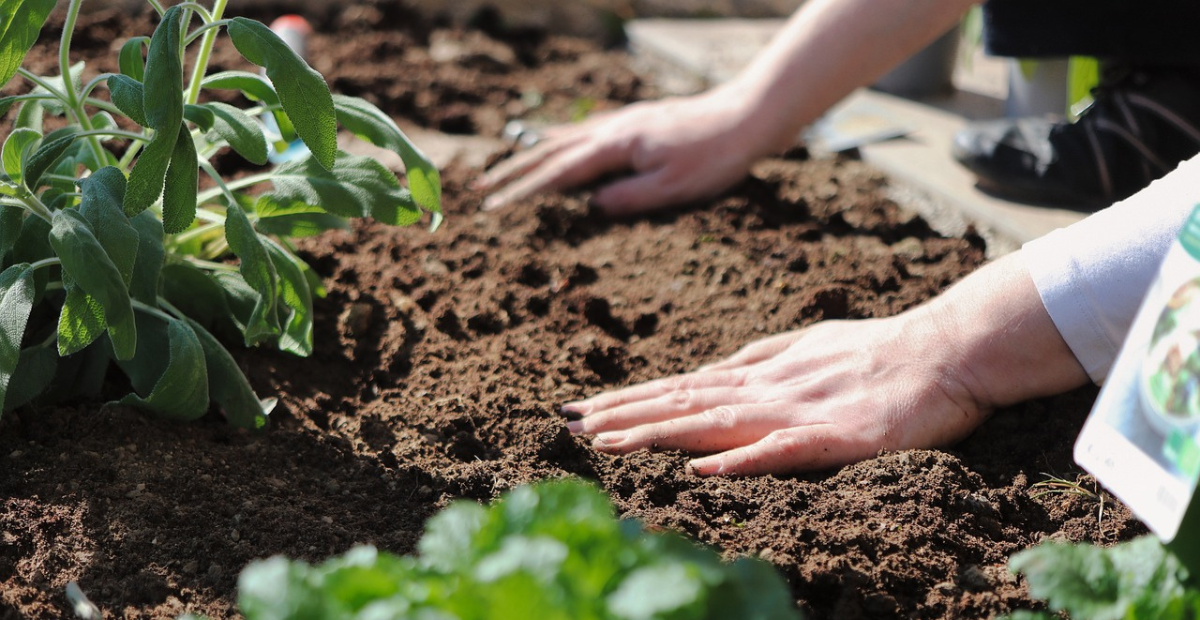Introduction to Organic Gardening Soil
When embarking on the journey of organic gardening, the most crucial element to consider is organic gardening soil. This soil not only supports plant growth but also enhances the ecosystem of your garden. By focusing on the right soil, you can cultivate thriving vegetables and flowers while maintaining a healthy environment.
advertisement
Table of Contents
What is Organic Gardening Soil?
Organic gardening soil is made from natural materials, free from synthetic fertilizers and pesticides. This type of soil is rich in nutrients, improving plant health and promoting biodiversity in your garden. It’s essential for gardeners who want to grow their plants sustainably and ensure the safety of their produce.
Alt text: Organic gardening soil rich in nutrients
Benefits of Using Organic Gardening Soil
- Nutrient-Rich: Organic gardening soil is packed with essential nutrients that are slowly released to plants. This provides a steady supply of food, helping them to grow strong and healthy.
- Improved Soil Structure: The organic matter in the soil enhances aeration and drainage, ensuring that roots can access water and nutrients efficiently.
- Enhanced Microbial Activity: Healthy soil is alive with microorganisms that break down organic matter, further enriching the soil and promoting plant health.
- Environmental Benefits: Using organic materials helps to reduce chemical runoff and pollution, supporting a healthier ecosystem.
Creating Your Own Organic Gardening Soil
To create the best organic gardening soil, follow these simple steps:
1. Start with Quality Base Ingredients
The foundation of your organic gardening soil should include high-quality components. These can include:
- Compost: Homemade or store-bought, compost is essential for adding nutrients.
- Peat Moss: Provides aeration and moisture retention.
- Coconut Coir: An eco-friendly alternative to peat, ideal for improving soil structure.
- Worm Castings: Rich in nutrients, these enhance microbial life.
2. Mix in Organic Dirt
Using organic dirt is another way to improve your soil. Look for dirt that has been sourced sustainably and is free from chemical additives. Incorporating organic dirt into your soil mix enhances its structure and fertility.
advertisement
3. Consider Your Plants’ Needs
Different plants have varied nutrient requirements. For instance, if you’re growing vegetables, consider using organic potting soil for vegetables that is specifically formulated to meet these needs.
Alt text: Vegetable potting soil rich in nutrients
Potting Soil for Container Gardening
When it comes to container gardening, the right potting soil mix for vegetables is crucial. You can either purchase premade mixes or create your own.
Potting Soil without Fertilizer
If you prefer a more natural approach, look for potting soil without fertilizer. This type of soil relies on the nutrients found in organic matter, making it perfect for those who want to maintain a more organic growing environment.
Tips for Using Potting Soil for Vegetables
- Choose the Right Size Container: Ensure that your pots are large enough for the roots to grow.
- Ensure Drainage: Good drainage prevents waterlogged soil, which can harm plant roots.
- Regularly Check Moisture Levels: Containers dry out faster than garden beds, so monitor water levels closely.
Maintaining Your Organic Gardening Soil
Once you’ve established your organic gardening soil, it’s essential to maintain its health:
1. Regularly Add Organic Matter
Continually enriching your soil with organic matter, such as compost or mulch, will keep it nutrient-rich and improve its structure.
2. Practice Crop Rotation
Changing the types of plants you grow in a particular area of your garden can help prevent soil depletion and pest infestations.
3. Mulch Your Garden Beds
advertisement
Using organic mulch helps retain moisture, suppress weeds, and gradually enrich the soil as it decomposes.
Frequently Asked Questions about Organic Gardening Soil
What is the best type of organic gardening soil for vegetables?
The best type is one that includes a mix of compost, peat moss, and organic dirt. Look for organic potting soil for vegetables that is rich in nutrients.
Can I use regular garden soil for organic gardening?
While you can, it’s better to enrich it with organic matter to improve its fertility and structure.
How do I know if my soil is healthy?
Healthy soil should have a dark color, a crumbly texture, and an earthy smell. It should also support a variety of microorganisms.
Conclusion
In conclusion, organic gardening soil is the cornerstone of a successful organic gardening venture. By understanding the components that make up healthy soil and how to maintain it, you can create an environment where your plants thrive. Whether you’re growing vegetables in pots or in garden beds, focusing on your soil will yield bountiful and nutritious produce.
For more tips on gardening and soil maintenance, check out Gardening Hobbies.
By investing time and effort into your organic gardening soil, you’re not just growing plants; you’re nurturing the earth and contributing to a sustainable future. Happy gardening!


